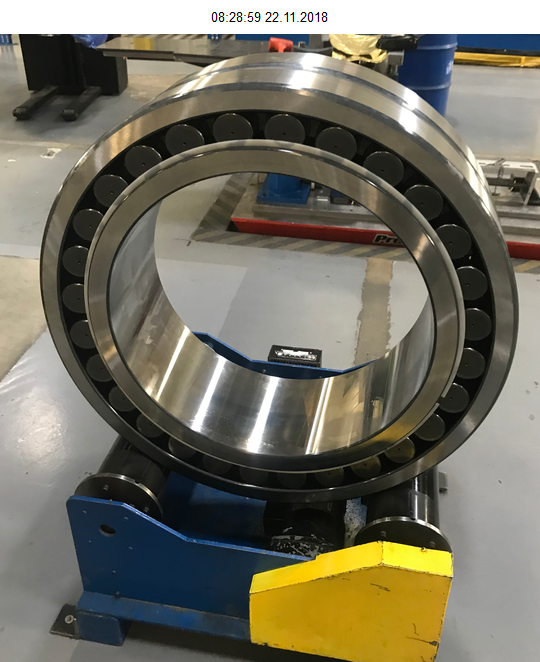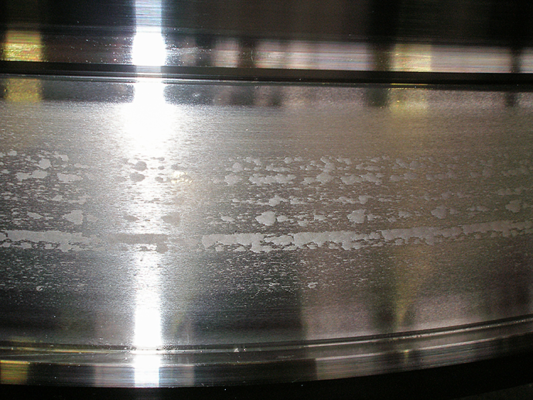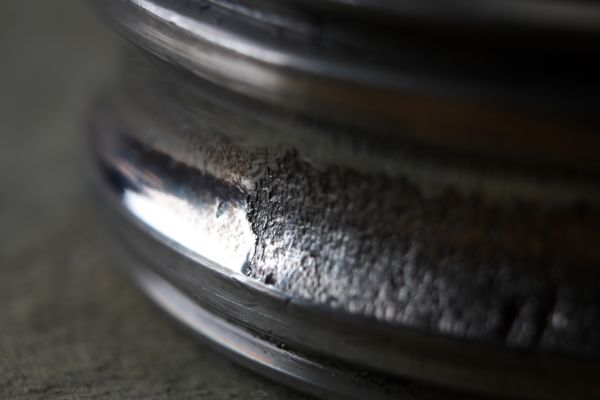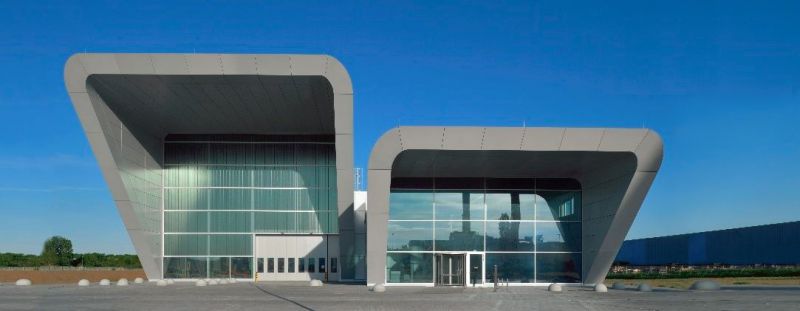NREL is a national lab of the U.S. Department of Energy, dedicated to renewable energy and energy efficiency research and development. In this capacity, NREL looks to provide the renewable energy sector with more effective solutions to produce power. Drivetrain failures are a common problem for the wind energy industry, impacting the levelized cost of energy (LCOE). NREL began the study to identify the possible causes.
What does NREL plan to do?
Researchers from NREL are evaluating a wind turbine drive train to understand operating conditions and identify causes of premature failure. NREL has equipped a commercial 1.5MW turbine with new SKF optimized spherical roller bearings for wind turbine main shafts. Both the main shaft and gearbox are monitored with a wide range of sensors during the entire project duration.
This should provide valuable information to help understand the critical operating conditions, the drivers for the premature failures, and to improve component design in the future. The project is being carried out at the National Wind Technology Center at NREL and has a diverse range of testing capabilities. SKF is supporting the project by supplying the main shaft spherical roller bearing and several sensors in the main shaft and gearbox as well as in the ongoing analysis and evaluation of the measurement data.
The National Wind Technology Center supports research and development for wind energy with numerous functions:
- Field research validation sites with six turbines and four meteorological towers
- Three dynamometers for assessing wind turbine drivetrains
- Structural research facilities for verifying turbine blades and components
- The Controllable Grid Interface for providing key performance data
Source: https://www.nrel.gov/nwtc/
Utilizing the comprehensive range of measurement parameters available, experts can test components and operation against the site’s unique atmospheric conditions, including strong winds during winter. By seeing how components react to the different factors and what effects this has on operation, researchers will hopefully be able to identify causes of failure and then potentially find a solution. Furthermore, the Controllable Grid Interface can assess what relationship there is between grid conditions and faults that affect drivetrains.
What tools are being used for testing?
SKF has installed instrumentation specifically designed to analyze the causes of bearing axial cracking within a wind turbine gearbox. Sensors will test the atmospheric, static, and dynamic conditions within a gearbox and a main shaft bearing. Stray currents will be observed using a Rogowski coil-based tool. The apparatus used for the main bearing is designed to shed light on the causes of accumulative wear. The two cases of degeneration commonly lead to premature drivetrain failure – resulting in extended periods of downtime and increased operation and maintenance costs. On the gearbox side, the instrumentation includes sensors to monitor humidity levels, mechanical overload, stray currents, and roller slip, which are considered as the main factors for premature bearing failures in wind turbine gearboxes.
Progress still to be made until the results are released
The project is expected to take several years to finish, although there will be reports submitted from time to time to follow the operation and its analysis. This investigation is likely to be immensely useful for wind farm operators and will provide the wind energy industry with vital information on operating conditions and premature deterioration of drivetrains. We look forward to seeing the results of the study and gaining key insights into how a turbine reacts to extreme atmospheric and grid conditions. Stay tuned to the Wind Farm Management Blog for further updates on this topic.
You can find out more about the investigation from the SKF press release.



